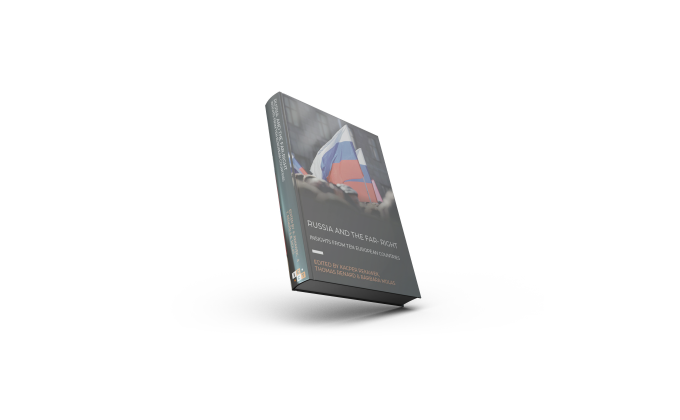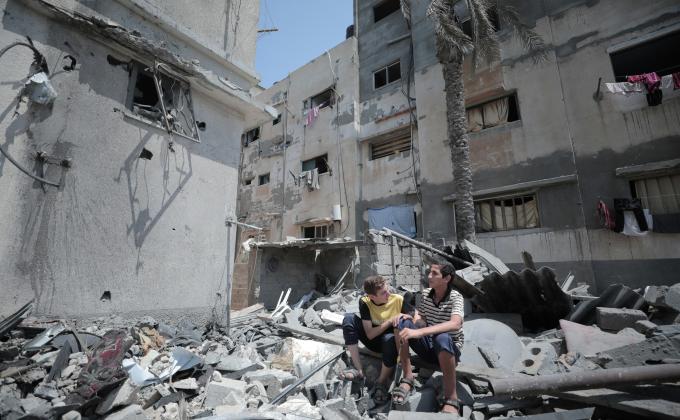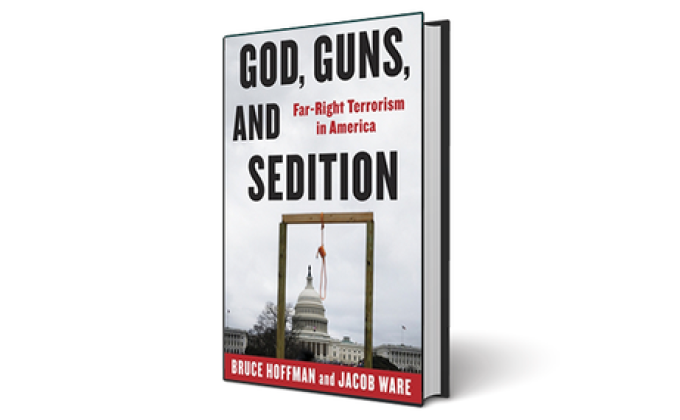What transpired in Barcelona two weeks ago has a lot of people very, very worried. Similar to events in London (March this year), Stockholm (April 2017), Berlin (December 2016) and Nice (July 2016), a man drove a vehicle into an area packed with pedestrians, killing a dozen and wounded a hundred in the popular Las Ramblas district. This kind of terrorist attack does not use hard-to-manufacture explosives or (at least in some countries) hard-to-acquire automatic firearms but rather a vector that most people in the West either own or have access to: a car (or a van: the Berlin and Nice attacks were a little different in that involved large trucks). The ordinary and everyday has been turned into an instrument of death.
There are three aspects to this kind of attack that warrant comment. Firstly, car accidents in many countries claim (tens of) thousands of lives every year, casualty numbers that terrorists are unlikely to reach (9/11 is the obvious outlier). Why then do attacks that account for small percentages of annual vehicular deaths cause such panic? Simply because they, unlike car accidents (road rage aside) are deliberate and meant to cause fear and panic. There is something about the deployment of a banal tool that is incongruent with our notion of terrorism and leads us to speculate on ‘what is next?’. Vehicular terrorism may thus represent the most basic example of everyday terror.
Secondly, if you are a terrorist, using your car (or renting one) makes sense. Not only is it readily available, it also does not look out of the ordinary and does not require a special skill, unlike bomb making. Why risk a premature explosion, as happened to the Barcelona cell, and hence failure, when you are almost guaranteed success with the use of the mundane? It is interesting to note that terrorists are just starting to pick up on advice found in online jihadi propaganda organs such as Inspire and Dabiq, which have been cheerleading this kind of modus operandi for years (what I call ‘Nike’ terrorism – ‘Just do it’).
Perhaps most importantly, the advent of cars as weapons of destruction may mean we are moving into an era of all-but-unstoppable acts of terrorism. When the commonplace becomes the tool of choice security and law enforcement agencies lose an important advantage: the ability to monitor the acquisition of guns or the manufacture of explosives. Since the latter two are usually more involved than the former, security organisations normally have more lead time to assess the nature of the threat and take steps to thwart it. The decision to get in a car and mow down pedestrians removes this window and forces those agencies to act more quickly. Complicating this is the fact that spies and cops cannot monitor everyone indefinitely – it takes far too many resources – and cannot react nimbly enough to sudden changes in attack planning, unless the perpetrator are already subjects of interest and are being followed. Two cases in Canada in 2014 (Martin Couture-Rouleau just outside Montreal) and 2016 (Aaron Driver in a town two hours west of Toronto) demonstrated that even those ‘on the radar’ can carry out attacks. These are not the commonly labelled ‘failures of intelligence’ but rather good illustrations of the ‘limitations of intelligence’. As important as intelligence is, it is not the only tool in the box (we will return to this point later).
What then to do about this new ‘wave’ of terrorism? We can, as Australia, Italy, Norway, Singapore and the UK are considering, increase security around the ‘malicious use’ of rental vehicles and put up bollards to act as obstacles for car-driving extremists. If we opt for this latter measure (the former is probably unworkable from a sheer volume perspective), there are two immediate issues: how many bollards can we erect and won’t terrorists just go where the bollards are not?; and do we really want to batten down the hatches in the hearts of our cities, transforming them into security zones? In a way, counter-terrorism along these lines is akin to pressing down on an inflated balloon: if you exert pressure in one spot only, the air merely surfaces elsewhere. A displacement effect, if you will.
We may in the end need to accept a certain background level of successful terrorist attacks, much like we do for other serious crimes like murder and violent assault. This is not an admission of failure nor an act of surrender: it is an acknowledgement that our security agencies, which are very professional and capable and which stop the vast majority of planned attacks, are not perfect and should not be subjected to an unreasonable standard. We must demand success but accept the odd victory by the terrorists. There is no other way aside from ramping up security and law enforcement resources to unmanageable levels and bringing in draconian and blanket laws and restrictions.
Terrorism is a contest between two adversaries, the state and the non-state actor in which the latter is always developing ways to evade the former. In a classic adversarial environment, each side tries to develop and deploy increasingly sophisticated or hard to defeat tactics. In terrorism, it is a mixed bag as some groups are undoubtedly trying to master CBRN materials while others are ‘dumbing it down’ to cars and knives (or even a Samurai sword as we saw in Taipei last week!). We must assume that terrorist actors will continue to evolve to defeat state efforts at thwarting their attack planning. As a consequence, counter-terrorism must continue to evolve as well.
There is of course more to terrorism than having our security intelligence and law enforcement agencies detect and neutralise plots. We need to also put the necessary resources into prevent measures, so that we reduce the number of terrorists and attacks in the first place. And since it is inevitable that, despite our best attempts, a few will succeed, we need to think more about resilience after the bomb goes off. Some would call this defeatism: it is better seen as realism.








